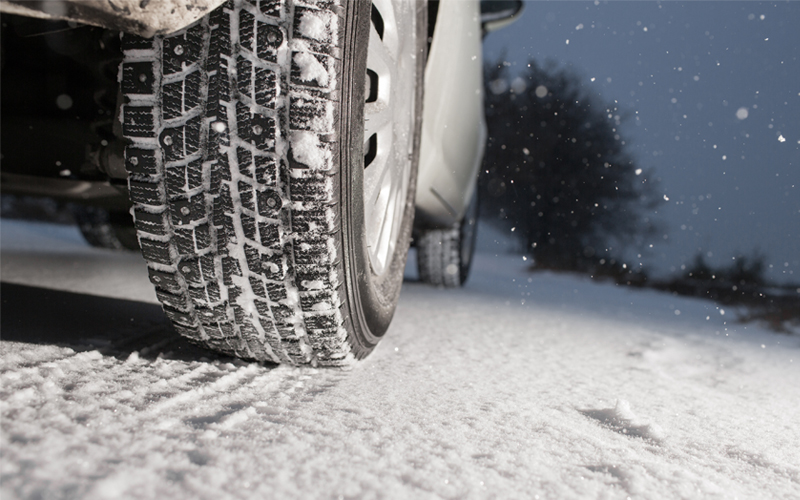While today’s winter storm will leave picture-perfect snow-covered hills, it’s also coming with a potential downside. Once the storm ends, snow, ice and slush will make driving tricky for days to come, increasing the risk for accidents on our roads.
While many of us are venturing out less these days due to the COVID-19 pandemic, we still need to pick up groceries, prescriptions and other necessities. And if we’re essential workers, we need to get back and forth to and from our jobs.
“While there might be less traffic on the roads right now, winter driving still raises the risk for vehicle accidents,” says trauma surgeon Forrest Fernandez, MD, Trauma Program Medical Director with Grand View Health. “When the roads are emptier, it’s tempting to drive faster than conditions allow, and that can be a recipe for disaster.”
These tips from the American Automobile Association (AAA) and the National Safety Council can help you reach your destination safely:
Drive slowly. Expect lower traction when driving on snow or ice, so always drive below posted speed limits. Practice extra caution on bridges, off-ramps and on-ramps, which are particularly slippery during and after winter storms.
Accelerate and decelerate slowly. Apply the gas slowly to regain traction and avoid skids. Don’t try to start in a hurry, and take time to slow down for a stoplight. Remember that it takes longer to slow down on icy roads than on dry surfaces.
Increase your following distance to five to six seconds so you have more room to stop.
Mind your brakes. Whether or not you have antilock brakes, keep the heel of your foot on the floor and use the ball of your foot to apply firm, steady pressure on the brake pedal.
Don’t stop if you can avoid it. There’s a big difference in the amount of inertia it takes to start moving from a full stop versus how much it takes to get moving while still rolling. So, if you can slow down enough to keep rolling until a traffic light changes, do so.
Don’t hit the gas while driving up hills. It will just make your wheels spin. Try instead to get a little inertia going before you reach the hill and let that inertia carry you to the top. As you reach the crest of the hill, reduce your speed and travel downhill slowly.
Don’t stop while driving up a hill. It will be more difficult to get moving uphill after you stop.
Take extra caution at night. Earlier sunsets mean more opportunity for night driving. Even with high beams on, drivers only have about 500 feet of visibility, creating less time to react to something in the road. All drivers should slow down at night and maintain a clean, streak-free windshield. People who have problem seeing in low light or at night, which may include people over age 60 and those with vision impairment—should limit or avoid driving at night, according to the American Optometric Association. Older people may also consider limiting or not driving during severe winter weather conditions.
One last tip: Keep an emergency kit in your car. Make sure it includes extra food and water, warm clothing, a flashlight, an ice scraper, blankets and medications. “A little preparation goes a long way,” Dr. Fernandez says.

